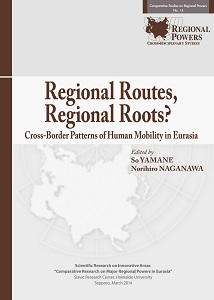Chinese Banking Business in Singapore. Background and Development in the First Half of the Twentieth Century
Chinese Banking Business in Singapore. Background and Development in the First Half of the Twentieth Century
Author(s): Ryoichi Hisasue
Subject(s): Economic history, Financial Markets
Published by: Hokkaido Slavic-Eurasian Reserarch Center
Summary/Abstract: In the late nineteenth century, the Asian economy became subsumed within the new framework of global free trade. This phenomenon brought modern business infrastructure, such as banking, shipping, and communication, from the West. For example, British overseas banks, which were closely linked with the London-centered international financial system, provided a safety net that helped guarantee global settlement and funds supply. These banks also developed relations with commercial networks in Asia, including Chinese, Indian, Parsi, Jewish, Armenian, and Muslim networks, thus accelerating regional economic activity.
In the early twentieth century, however, native capital began to enter the modern banking business. A typical example was the formation of banks by overseas Chinese. These banks did not challenge the dominance of Western banks, but became significant players in local economic activity. This phenomenon spread throughout the Asia-Pacific, and Chinese banks were soon established in such Chinese business entrepots as Singapore, San Francisco, and Hong Kong. This paper examines the Chinese banking business in Singapore as an example and elucidates its background and development during the first half of the twentieth century.
Book: Regional Routes, Regional Roots? Cross-Border. Patterns of Human Mobility in Eurasia
- Page Range: 13-21
- Page Count: 9
- Publication Year: 2017
- Language: English
- Content File-PDF

